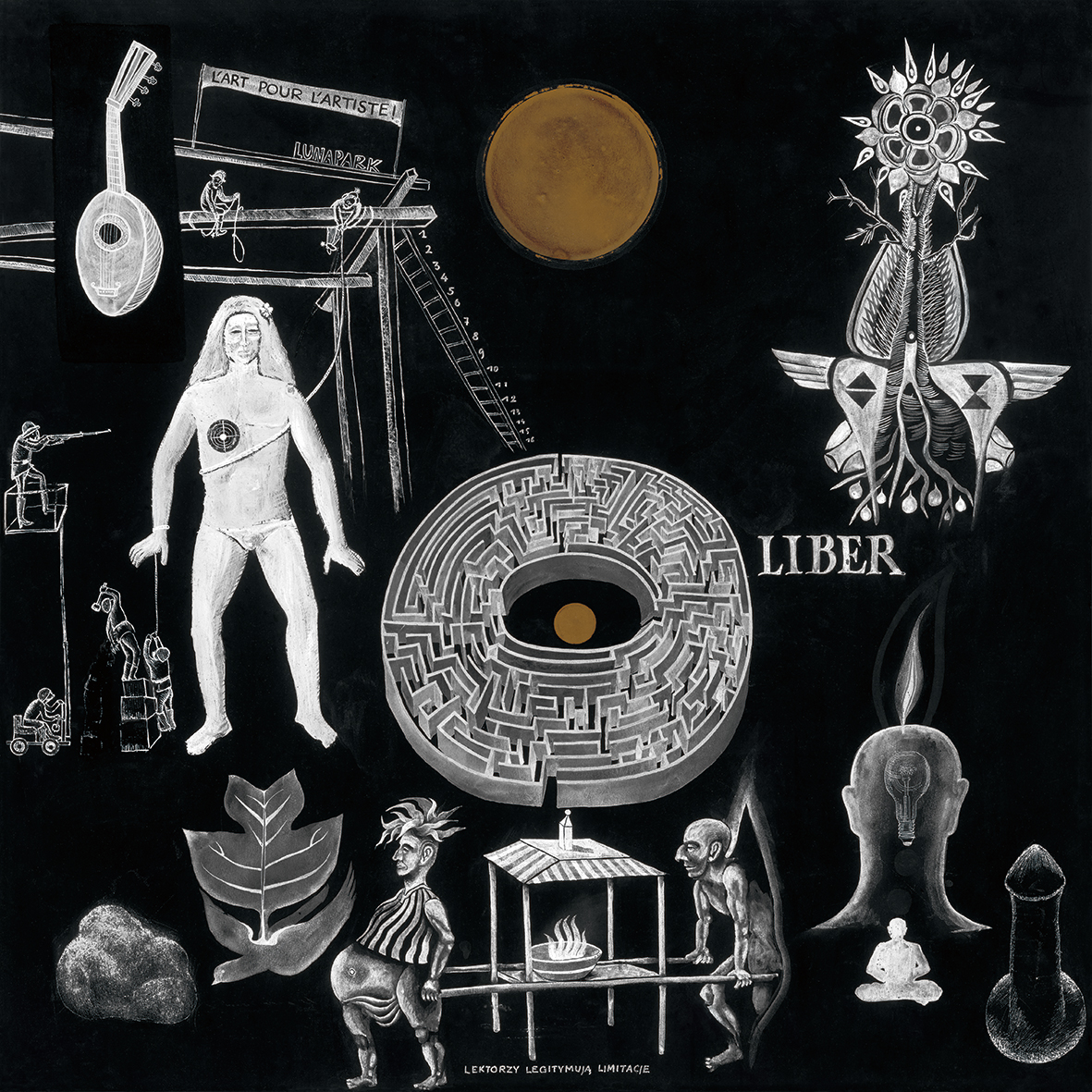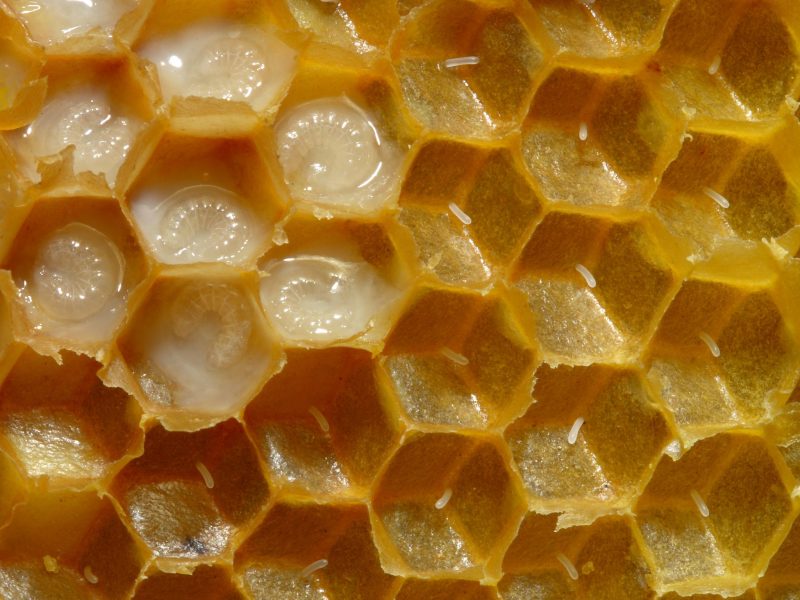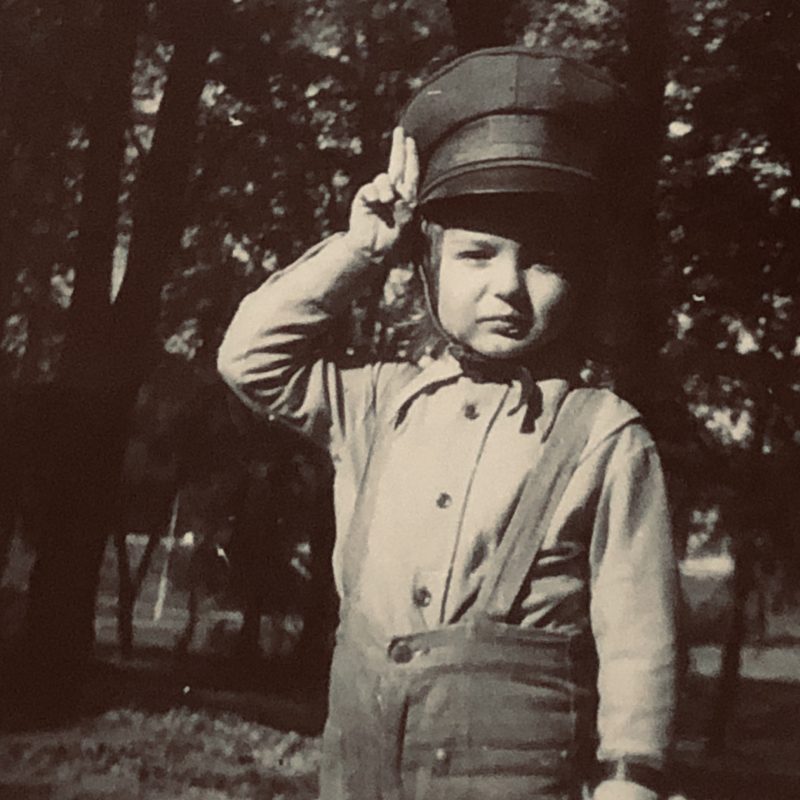
Magdalena Ujma
Editorial: DARK FUTURE
Dear Readers,
We are living in a time when antirational tendencies are coming to the foreground and become more important than scientific findings. We are facing a growing number of anti-vaxxers, Flat Earth believers, and climate change deniers. Natural medicine, chiromancy, and tarot are making a comeback. Having never really left, they are becoming stronger, more official. In public life, conspiracy theories reign supreme. As regards the latter, the whole of humanity can be divided into two groups: the ones who believe in them, and the others who use these cognitive tendencies deliberately as techniques of social manipulation. We are living in the era of fake news, which has become our bread and butter. Against such a significant instability of the notion of truth, the winning message is the one represented by a stronger, more ruthless player. Those who determine the conditions of the discourse triumph. Another victor is the market, which never succumbs, instead merely transforming itself as the trends dictate.
As Tomasz Sawuczuk has recently reminded us, academic practice is a cultural tradition in and of itself. Here we have an explanation why people no longer trust scientific development: ‘The birth of modern science resulted in the establishment of expert culture, which has over time become increasingly complex and barely accessible, departing from the ordinary everyday experience. Thus, even though scientists like to say that science is governed by the dictate of truth, and not by democracy – in fact, science cannot but find a place for itself within democracy’.1 Given these considerations, rationality has been reduced to a matter of choice.
Irrationality constantly strays into the field of visual arts; in earlier times, however, it used to be related to the artistic stances of eccentrics and outsiders, persons who intentionally treaded their own paths off the beaten track of artistic activity. Even in the 1960s, when art was in the grips of conceptualism, closely related to science, structuralism, philosophy, and logic, there were always countercurrents. During the conceptualist era, it was the counter-culture and youth revolt that manifested their power. It was a flourishing time for fringe theatres, bent on searching for the sources of culture through the return to the earth, the body, and ritual. The hippie subculture spread throughout the world, devoted – as it was – to seeing salvation down here, in music and chemical nirvana.
In the West, the influences of the East gained a foothold, as subsequent gurus arrived therefrom, further strengthening the global recognition of meditation and yoga. Artists such as John Cage, Barnet Newman, and Mark Rothko would create their works, drawing inspiration from meditation, Zen, and Kabbalah.
Within the Western culture, the irrational, the anti-intellectual, and the spiritual tend to periodically return. In Poland, for instance, there has been an ongoing talk of the return of surrealism. Jakub Banasiak went as far as to coin a catchy formula for this turn: these artists were ‘tired of reality’.2 The phrase was intended to mean stepping beyond the barren backtracking to good old styles of modernity, towards something more. The following artists were said to rank among the ‘tired’: Piotr Janas, who anticipated the movement, and the painters who had their debuts at the time, including Jakub Julian Ziółkowski, Tomasz Kowalski, Paweł Śliwiński, and Tymek Borowski. However, the reference to surrealism proved to be only one among numerous harbingers of an emerging new phenomenon. It indicated that our cultural paradigm had been shifting, that we were dealing with another influx of what in our heritage had been accommodated by Romanticism and symbolism, while before that by the various mannerisms. It betokened that it was not a mere interplay of afterimages and a reference-juggling act, that the stakes were much higher here, that the form of biological abstraction, grotesque, and deformation signalled a consequential moment not only due to our being surfeited with previous incarnations of art. Critics bitterly monikered the moment as the art of a ‘working tap’, a perfect vehicle for the emerging Polish art market. Meanwhile, other authors were dwelling on ‘zombie formalism’.3
The returns of modernist stylistics stemmed also from an authentic need, resulting from the sense of the world no longer being predictable. When it is impossible to tell what tomorrow brings, when we are haunted by the spectres of the future, when war and crises run havoc on our doorstep, while the existing world is approaching its expiry date – it is the past that appears to be the only bulwark of consistency. Admittedly though, this belief is obviously founded on an illusion, too. This is why times like ours beget mannerisms. The issue was explored by Rafał Księżyk, who mentioned in his book that the phenomenon of aestheticisation emerges precisely in times of cultural chaos. He analysed these on the example of European mannerist styles, decadence, dandyism, and hipsterism. Following the remarks made by Charles Baudelaire in his book The Painter of Modern Life, he regards dandyism as a ‘strange form of spiritualism’ emerging in the periods of transition when the aristocracy tends to be ‘labile and compromised’.4 In such circumstances, one is left with no other option than to create a new aristocracy – the aristocracy of the spirit. Here, the reference to the upper social stratum is meant as a reference to the world of bygone values, ones that were constant, immutable, indefeasible. However, dandyism, i.e., a lifestyle fulfilled through abiding by a code for dressing, expressing oneself, and exercising social graces, as set by its very advocate, is merely used to conceal the emptiness inside.
At least some of the roots of the avant-garde are steeped in an esoteric substrate. After all, the avant-garde originated towards the end of the eighteenth and at the beginning of the nineteenth century, during a period of brutal industrialisation, a civilisational change on an unprecedented scale, a revolution in living and working styles, as well as in new capitalist forms of exploitation associated therewith. By no means had it been created merely as a discipline correlated with sciences. Hilma af Klint, who painted her visions informed by spiritistic séances in order to preserve them for posterity, was active at the very outset of the twentieth century; likewise, the advocate of symbolism and an early representative of the abstract art movement – Mikalojus Konstantinas Čiurlionis. Other pioneers of the abstract also derived it from their spiritual exploration; meanwhile, Bauhaus – grounded in the science of design – drew much of its inspiration from the esoteric sources of the German Lebensreform movements. These envisaged the forming of a new environment for humanity, which would benefit from the merits of civilisation while staying mindful of harmonious spiritual and corporeal development.5
Today, we are living in an era filled with unexpected events to an extent equal to that of the rapid industrialisation. Furthermore, we are living in an era of the degradation of nature, the era of mass extinction of species, which provides nothing but pessimistic scenarios for the future course of events. On the other hand, we are unwilling to accept total despondency. The struggle between the certitude of the end of the world as we know it and a faint hope for another solution takes on various forms in art. Hence its hybrid, jumbled forms. The emphasis is placed on blurring the boundary between art and life, decisively in favour of the latter. Thus, the young artists of today conjure spirits (Marta Deskur), subject themselves to hypnosis (Przemek Branas), and establish their own churches (The Church of Nihilism). Performance art becomes the art of burlesque (Paulina Orłowska) and sculptresses craft jewellery (Małgorzata Markiewicz), whereas female painters paint vampire-cats (Aleksandra Waliszewska). The dominating atmosphere is aptly captured in the phrase: ‘amuse oneself to death’. It may be compared to the mood of the times before a coming cataclysm: Paris before the Great Crisis, or Berlin before World War II. We know that something is going to happen, but we cannot be sure, whether the new beginning is synonymous with our end.
In the second issue of Elementy, we endeavour to explore the forms assumed and the changes foreshadowed by the growing interest in esotericism in art and its adjacent disciplines. Glancing at the table of contents, you can discover a wide range of topics. We brought them together under the heading ‘Ciemne karty’ (Dark Sides/Cards), borrowing the title form a work by the Katowice-based group Oneiron. We think the title deftly encapsulates what we wish to talk about: the pessimism about the future, the references to a former day, as well as the depth symbolised by darkness – all these lurk therein, and besides these is the symbolism of the cards themselves, that is, of having trust in an oracle, of seeking in fortune-telling the answers to questions that besiege us, and consequently – of surrendering to chance. Whatever is chance, anyway?
Above all, we are interested in the ways in which the connections have been shaped between the art of geometric abstraction and the spiritual sphere. This is what Agata Małodobry explores in her text. The artistic milieu – active in Poland today – influenced in their works by the returning and revitalised (post-)Romantic ideas is the subject of an essay by Marta Kudelska. Gnostic motifs in the early works by a distinguished representative of the Polish mature avant-garde, i.e., Zbigniew Libera, are studied by Wiktoria Kozioł. Besides, we offer an opportunity to get acquainted with passages from an essay by Mateusz Kula, in which the author analyses sources of the state ideology in contemporary Russia, which has gained new significance in the context of the war it had launched against Ukraine. There are also studies on occult motifs in Czech and Romanian artistic communities on the eve and in the aftermath of World War II, authored by Jakub Kornhauser. Maja Dobiasz-Krysiak focuses on the issues related to an educational alternative to the traditional school that is offered by Waldorf education. Zofia Krasnopolska-Wesner presents the Steiner community in Poland as it was towards the end of the nineteenth and at the beginning of the twentieth centuries.
Esoteric tropes dating back to the Russia of the October Revolution are explored by Weronika Hapchenko. Also featured are studies on works by individual artists whose recent creations constitute a major contribution to the esoterically-informed art. The oeuvre of Maria Anto is characterised by Aleksandra Grzemska, and that of Zbigniew Makowski by Agnieszka Kuczyńska. The issue also presents the aforementioned Black Sides/Cards, created by the artists largely influential for spiritual and esoteric exploration in Poland: the Oneiron group. This issue of Elementy would not be complete without an extremely rich visual aspect, created by Michał Bratko, Daria Malicka, Jan Eustachy Wolski, and Jakub Woynarowski. A visual and textual essay by the latter author constitutes a treatise on the symbolism of geometry and its association with expressing the Mystery in contemporary art together with its medium – the white cube of the gallery.
1 T. Sawczuk, ‘Pęknięta głowa Kartezjusza’, Kultura Liberalna, 15, (2022), kulturaliberalna.pl/2022/04/18/sawczuk-peknieta-glowa-kartezjusza [accessed: 18 Apr 2022].
2 See J. Banasiak, Zmęczeni rzeczywistością, Warszawa: 40 000 Malarzy, 2009.
3 See, for instance, the discussions stirred by the exhibition Czysta formalność (Pure Formality) in Labirynt Gallery in Lublin, 24 June – 9 Aug 2015, curated by M. Krasny.
4 R. Księżyk, Wywracanie kultury. O dandysach, hipsterach i mutantach, Wołowiec: Czarne, 2018, 39.
5 M. Leyko, ‘Oskar Schlemmer: projekt «Nowy człowiek»’, Sztuka i Dokumentacja, 4, (2020): 11–20.
Magdalena Ujma
art historian and critic, curator of modern art exhibitions and projects. Has a degree in the history of art (Catholic University of Lublin) and culture management (Ecole de Commerce, Dijon). Ran the NN Gallery in Lublin and worked in the Kresy literary quarterly, in the Museum of Art in Łódź and in the Art Bunker Gallery in Kraków. Takes care of the collection in the Cricoteka Centre for the Documentation of Art of Tadeusz Kantor in Kraków. President of the Polish Section of the International Association of Art Critics (AICA).
ORCID




